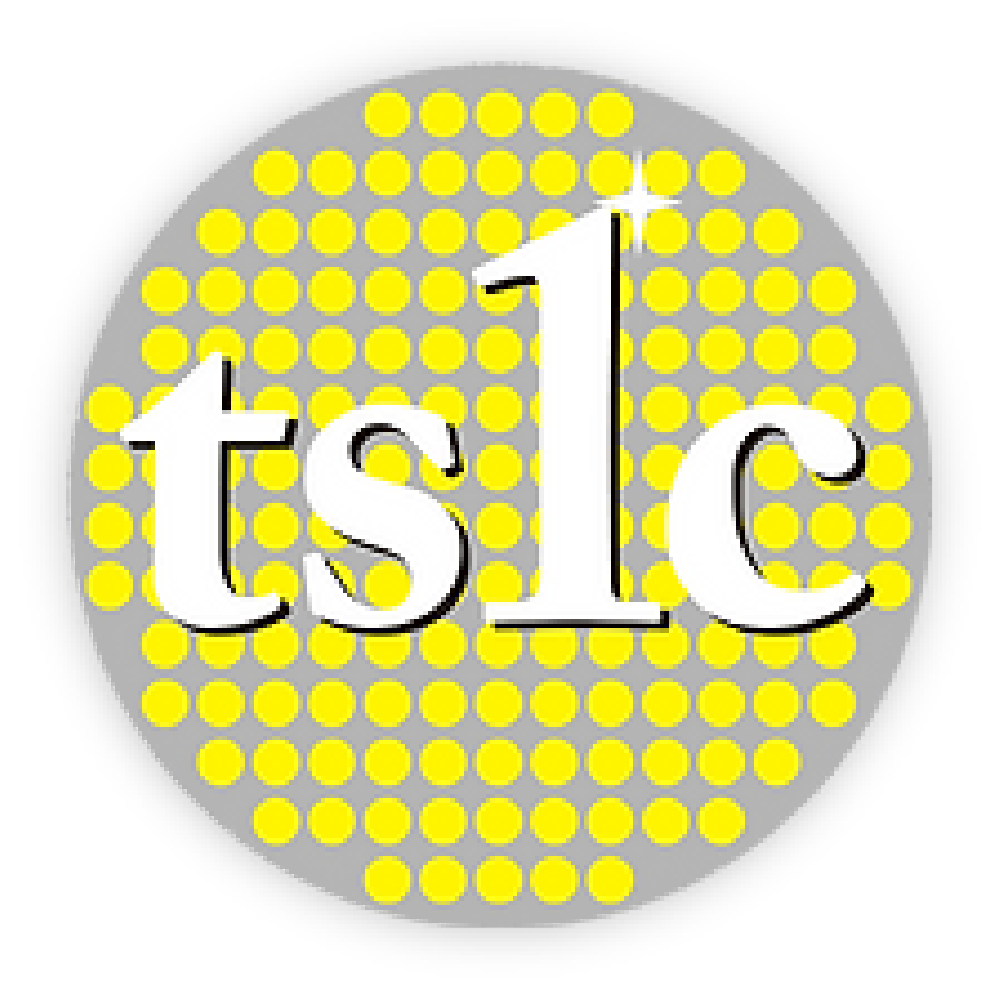The Advantages of LEDs in Agriculture and Indoor Farming
As global demand for food continues to grow, agriculture faces mounting challenges, including limited arable land, water scarcity, and the need to reduce environmental impact. Light-emitting diode (LED) technology is transforming agriculture and indoor farming by offering innovative solutions to these issues. LEDs provide precision lighting tailored to plant needs, enabling efficient and sustainable cultivation. This article explores the advantages of LEDs in agriculture, citing technical studies and examining the role of regulations and government support in driving adoption.
Tailored Spectrum for Different Growth Stages
Plants require specific wavelengths of light for optimal growth, photosynthesis, and development. LEDs can be engineered to emit light at targeted wavelengths, such as red and blue, which are most beneficial for plant growth. Studies, including one published in Horticulture Research (2016), have shown that red light promotes flowering and fruiting, while blue light supports vegetative growth and chlorophyll production.
In addition to enhancing yield and quality, tailored LED lighting allows growers to manipulate plant characteristics, such as size, color, and nutritional content. This precision is particularly valuable in controlled environment agriculture (CEA) systems, where every input can be optimized.
Energy Efficiency
Traditional lighting systems, such as high-pressure sodium (HPS) lamps, consume significant amounts of energy and generate heat, which can raise operational costs. LEDs are highly energy-efficient, converting up to 50% more electricity into usable light than HPS lamps. According to a report by the U.S. Department of Energy (DOE), LED technology can reduce energy consumption in greenhouses by up to 75%.
This energy efficiency translates into lower utility bills and reduced carbon footprints, making LEDs an environmentally friendly choice for sustainable agriculture.
Directional Beam Pattern to Minimize Light Pollution
Unlike traditional lighting, which emits light in all directions, LEDs provide a directional beam pattern. This focused illumination minimizes light spillage and pollution, ensuring that light is delivered directly to the plants. Reduced light pollution is particularly important in areas near residential or natural habitats, where excessive light can disrupt ecosystems.
The directional nature of LEDs also improves light uniformity and reduces shading in dense planting arrangements, further enhancing crop productivity.
Programmable Spectrum to Adapt to the Circadian Cycle
Modern LED systems can be programmed to mimic the natural circadian cycles of plants, providing varying light intensities and spectra throughout the day. This adaptability helps synchronize plant growth with natural biological rhythms, improving yield and quality. For example, a study in Frontiers in Plant Science (2020) demonstrated that dynamic light environments can enhance photosynthetic efficiency and stress tolerance in crops.
Programmable LED systems also allow for season-independent farming, enabling year-round production of crops in indoor environments. This capability is critical for meeting the demands of urban agriculture and food security.
Supporting Vertical Farming
LEDs are integral to the rise of vertical farming, a method that involves growing crops in stacked layers within controlled environments. Their compact size, low heat output, and customizable spectra make LEDs ideal for maximizing space efficiency and productivity in vertical farms.
Vertical farming, supported by LED technology, can produce up to 10 times more food per acre compared to traditional farming, according to a report by the Food and Agriculture Organization (FAO). This approach reduces the need for large agricultural land and minimizes transportation costs by enabling local food production in urban areas.
Enabling Aquatic Agriculture
Aquatic agriculture, including aquaponics and hydroponics, benefits significantly from LED lighting. These systems often operate in indoor or low-light environments, where precise and efficient lighting is crucial. LEDs provide the optimal spectrum for both plant growth and the maintenance of aquatic organisms, such as fish or algae.
For instance, research in Biosystems Engineering (2018) highlights the ability of LEDs to improve the productivity of hydroponic lettuce while reducing energy consumption compared to fluorescent lighting. In aquaponics, LEDs can be fine-tuned to balance the needs of plants and aquatic life, fostering a symbiotic ecosystem.
Government Support and Regulations
United States
The U.S. Department of Agriculture (USDA) and the DOE actively support the adoption of LED technology in agriculture. Programs such as the Rural Energy for America Program (REAP) offer grants and loans to farmers investing in energy-efficient technologies, including LEDs. The DOE also provides research funding and resources to advance LED applications in controlled environment agriculture.
European Union
In the EU, the Green Deal and Farm to Fork Strategy promote sustainable farming practices, including the use of energy-efficient technologies like LEDs. Horizon Europe, the EU’s research and innovation framework, funds projects that explore the integration of LED systems in agriculture to enhance productivity and reduce environmental impact.
Other Countries
Countries like Japan and Singapore, with limited agricultural land, have embraced LEDs for indoor farming. Singapore’s Agri-Food and Veterinary Authority (AVA) offers grants to urban farms adopting LED technology, while Japan leads in vertical farming innovation, with extensive use of LEDs to grow high-value crops.
Conclusion
LED technology is revolutionizing agriculture by enabling precise, efficient, and sustainable cultivation methods. From tailored spectra for different growth stages to their role in vertical and aquatic farming, LEDs address critical challenges in modern agriculture. With strong government support and ongoing research validating their effectiveness, LEDs are poised to become a cornerstone of sustainable food production.
By investing in LED technology, farmers and growers can improve yields, reduce environmental impact, and contribute to a more resilient food system—all while meeting the demands of a growing global population.
